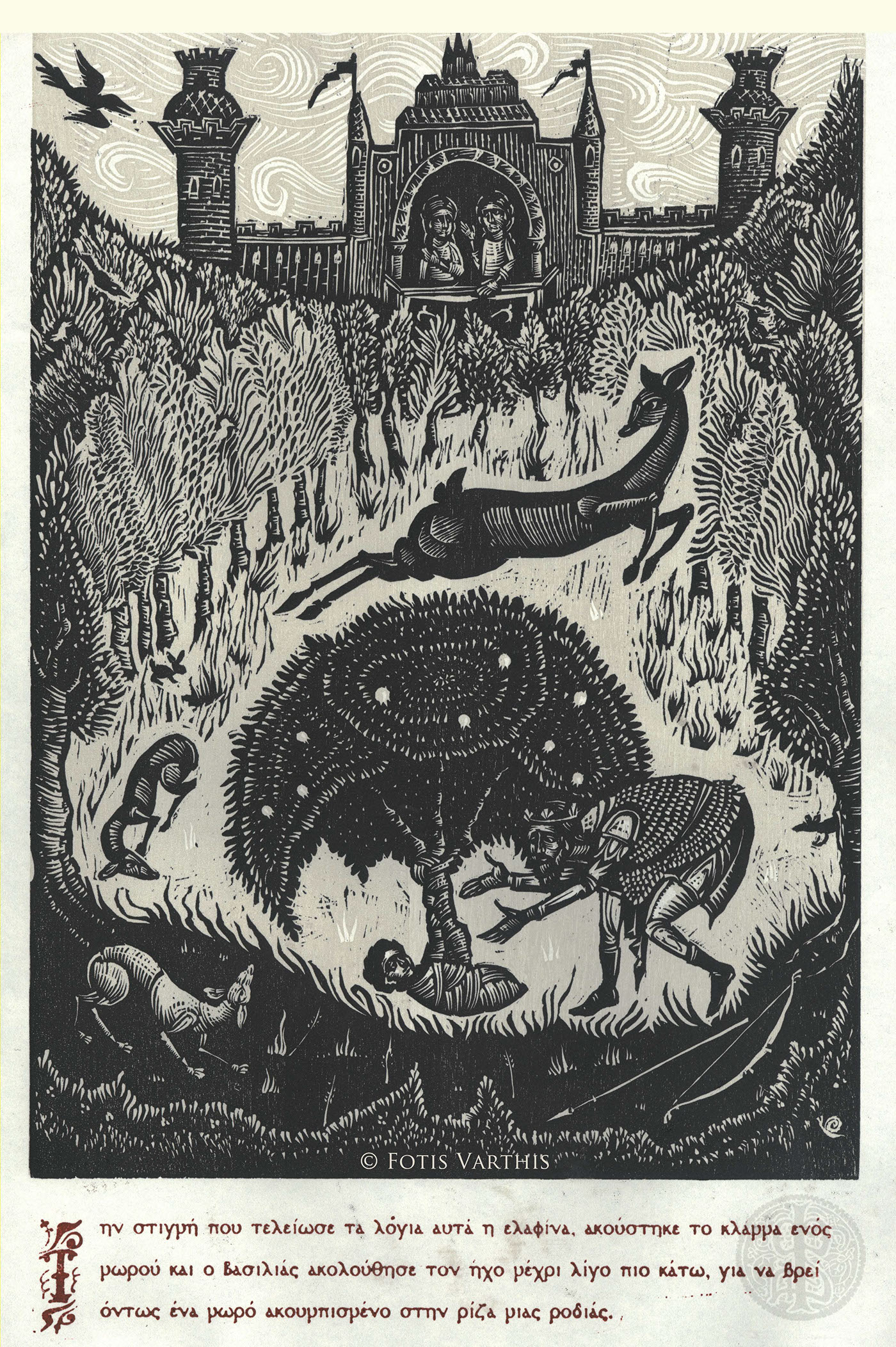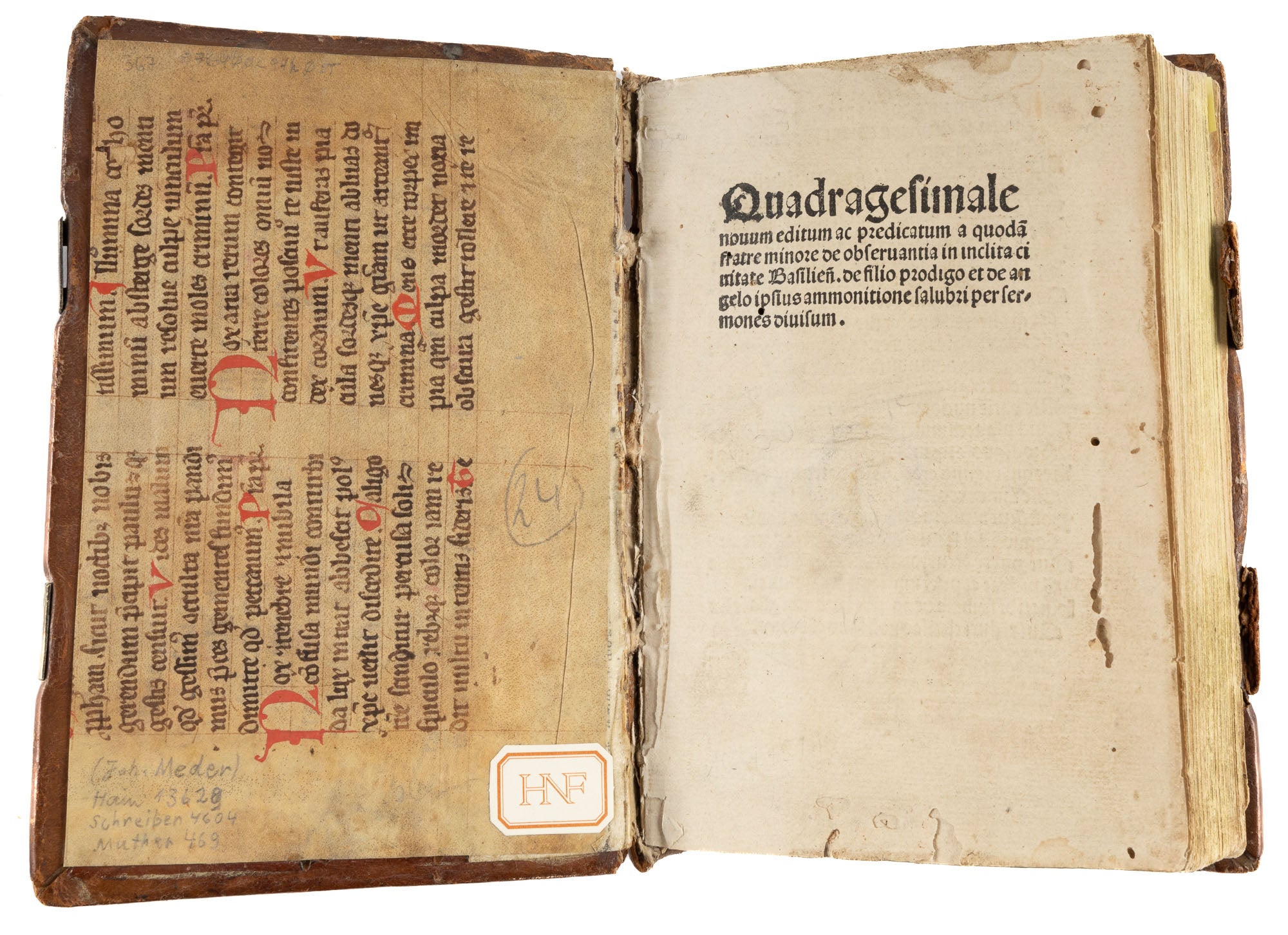Johannes Hano: Renaissance Master Of Woodcuts And Book Illustrations
Johannes Hano, a German artist of the Renaissance period, was a master of both woodcut printmaking and book illustration. His works, which were spread throughout Europe, were renowned for their intricate detail, expressive figures, and innovative techniques.

Sword of Aurora (Art Book Woodcuts) on Behance - Source www.behance.net
Published today, this guide delves into the life, techniques, and artistic contributions of Johannes Hano, providing a comprehensive insight into his significant role in the world of art.
Through meticulous analysis and extensive research, our guide sheds light on Hano's unique approach to woodcut printmaking and book illustration, offering valuable insights for art enthusiasts, historians, and collectors alike.
Key differences:
| Johannes Hano | Other Renaissance Artists |
|---|---|
| Specialized in woodcut printmaking and book illustration | Worked in various artistic mediums |
| Known for intricate detail and expressive figures | Had diverse artistic styles |
| Innovated in woodcut techniques | May have used traditional methods |
Explore the main article topics:
FAQs
This FAQ section provides answers to common questions regarding Johannes Hano's life, work, and legacy as a prominent Renaissance artist specializing in woodcuts and book illustrations.
Question 1: When and where was Johannes Hano born?
Johannes Hano was born in 1490 in Pforzheim, Germany.
Question 2: What were Hano's most notable works?
Hano is renowned for his exquisite woodcuts featured in Sebastian Brant's satirical masterpiece, "The Ship of Fools" (1494), which depicted human follies and vices through allegorical representations.
Question 3: How did Hano's style influence book illustrations?
Hano's detailed and expressive woodcuts introduced a naturalistic approach to book illustrations, capturing the nuances of human emotions and the intricacies of landscapes, inspiring subsequent artists to explore similar techniques.
Question 4: What is the significance of Hano's contributions to Renaissance art?
Hano's mastery of woodcut techniques and his ability to convey complex narratives through visual imagery contributed to the development and popularity of printmaking as an art form during the Renaissance, influencing generations of artists.
Question 5: Where can I find Hano's works today?
Numerous museums and libraries worldwide house collections of Johannes Hano's woodcuts and book illustrations, including the British Museum in London, the Metropolitan Museum of Art in New York, and the Germanisches Nationalmuseum in Nuremberg.
Question 6: How is Hano's legacy preserved?
Johannes Hano's artistic brilliance continues to be celebrated through exhibitions, publications, and scholarly research. His woodcuts remain an invaluable resource for understanding the social, cultural, and artistic landscape of the Renaissance era.

Did medieval manuscripts use woodcuts - xolertown - Source xolertown.weebly.com
To delve deeper into Johannes Hano's life and work, explore related articles on our website.
Tips
Johannes Hano's woodcuts and book illustrations are renowned for their exquisite artistry and technical skill. Johannes Hano: Renaissance Master Of Woodcuts And Book Illustrations Here are some tips to help you appreciate and understand his work:
Tip 1: Examine the Details
Hano's woodcuts often feature intricate details that reflect his mastery of the medium. Pay close attention to the textures, shading, and linework in his images.
Tip 2: Note the Composition
Hano's compositions are carefully designed to create a sense of balance and harmony. Observe how he arranges figures, objects, and landscapes within the frame.
Tip 3: Study the Expressions
Hano's figures are known for their expressive faces. Look for subtle details in their eyes, mouths, and gestures that convey their emotions and personalities.
Tip 4: Understand the Context
Hano's illustrations often relate to historical, religious, or literary themes. Research the context of his works to enhance your understanding of their symbolism and meaning.
Tip 5: Appreciate the Technical Skill
Woodcutting is a demanding art form. Admire Hano's ability to carve intricate and precise images into wood, showcasing his exceptional craftsmanship.
These tips will help you fully appreciate the artistry and significance of Johannes Hano's remarkable woodcuts and book illustrations.
Johannes Hano: Renaissance Master Of Woodcuts And Book Illustrations
Johannes Hano, a German artist active during the Renaissance period, stands out as a master of woodcuts and book illustrations. His exceptional skills in these mediums left an indelible mark on the art world, contributing to the dissemination of knowledge and popularizing visual storytelling techniques.

Quadragesimale de Filio Prodigo, 1497. With 18 full page woodcuts - Source www.lawbookexchange.com
- Technical Proficiency: Hano's woodcuts showcased intricate details and a masterful command of line and shading techniques.
- Narrative Storytelling: His illustrations effectively conveyed narratives, often depicting scenes from religious texts or popular stories.
- Collaboration: Hano collaborated with renowned printers such as Johannes Gutenberg, playing a crucial role in the production of illustrated books.
- Mass Production: Woodcuts allowed for the mass reproduction of images, making books and printed materials more accessible to a wider audience.
- Artistic Influence: Hano's innovative techniques and motifs influenced subsequent generations of artists, including Albrecht Dürer and Hans Holbein the Younger.
- Legacy: His contributions to the development of woodcuts and book illustrations solidified his status as a Renaissance master, whose works continue to inspire and intrigue art enthusiasts today.
Johannes Hano's technical prowess, narrative storytelling skills, and collaborations with prominent printers were instrumental in shaping the landscape of art and literature during the Renaissance period. His woodcuts effectively conveyed narratives, popularized the use of images in printed materials, and influenced the artistic sensibilities of subsequent generations. Hano's legacy as a Renaissance master endures through his exquisite illustrations, which continue to captivate viewers with their technical brilliance and imaginative storytelling.

A Catalogue of Italian Renaissance Woodcuts by William M. Ivins, Jr - Source www.abebooks.com
Johannes Hano: Renaissance Master Of Woodcuts And Book Illustrations
Johannes Hano, a distinguished figure during the Renaissance period, made significant contributions as a renowned master of woodcuts and book illustrations. His artistry significantly influenced the development and dissemination of knowledge, shaping the visual landscape of the era. Hano's intricate and evocative woodcuts brought biblical stories, historical accounts, and scientific discoveries to life, making them accessible to a wider audience. Through his masterful handling of chisels and woodblocks, Hano left an enduring legacy on the art of illustration and the dissemination of knowledge during the Renaissance.

Quadragesimale de Filio Prodigo, 1497. With 18 full page woodcuts - Source www.lawbookexchange.com
Hano's woodcuts were instrumental in the production of illustrated books, which became essential tools for education and entertainment. His collaborations with prominent scholars and publishers resulted in the creation of numerous influential works, including the "Nuremberg Chronicle" (1493), a richly illustrated historical account, and the "Hortus Sanitatis" (1491), an early medical encyclopedia. These works not only showcased Hano's artistic skills but also contributed to the dissemination of knowledge beyond the confines of academia.
Hano's legacy extends beyond his technical mastery and artistic contributions. His ability to capture the essence of subjects through detailed and expressive woodcuts played a crucial role in shaping the visual imagination of the Renaissance period. His work continues to inspire contemporary artists and scholars, underscoring the enduring power and relevance of his artistic legacy.
Key Insights:
- Hano's woodcuts and book illustrations were instrumental in the dissemination of knowledge during the Renaissance.
- His collaborations with scholars and publishers resulted in influential works that shaped the visual landscape of the era.
- Hano's artistic skills and expressive style captured the essence of subjects, leaving an enduring legacy on the art of illustration.
Conclusion
Johannes Hano's contributions to the art of woodcuts and book illustrations indelibly shaped the dissemination of knowledge during the Renaissance. Through his masterful craftsmanship and artistic vision, he brought stories, history, and scientific discoveries to life, making them accessible to a wider audience. Hano's legacy extends beyond his time, continuing to inspire artists and scholars to this day.
As we reflect on Hano's work, we are reminded of the transformative power of art in bridging the gap between knowledge and accessibility. His woodcuts not only adorned books but also played a pivotal role in shaping the visual culture and imagination of the Renaissance period. In an era where access to information was limited, Hano's artistry democratized knowledge, fostering a more informed and engaged society.